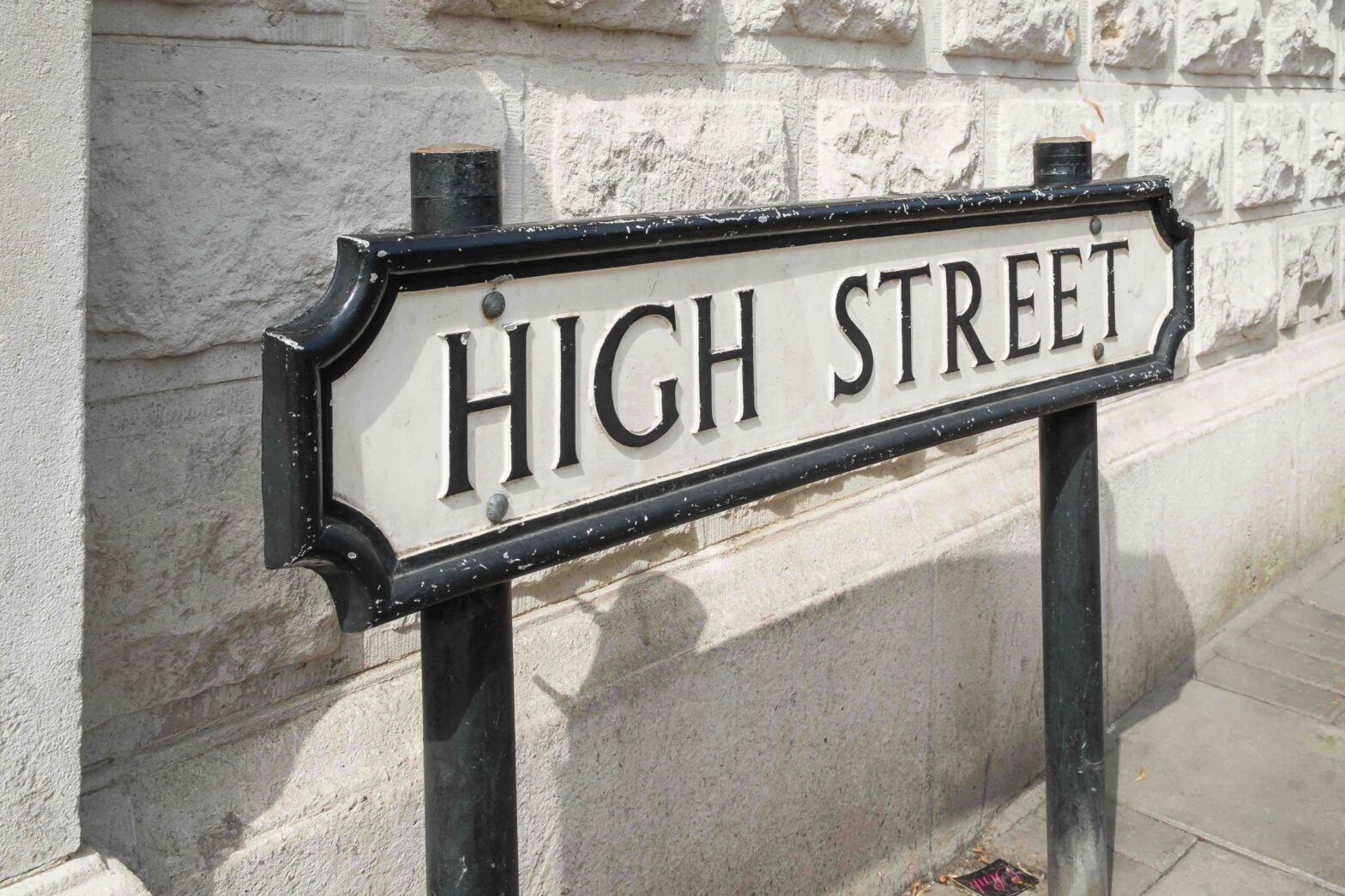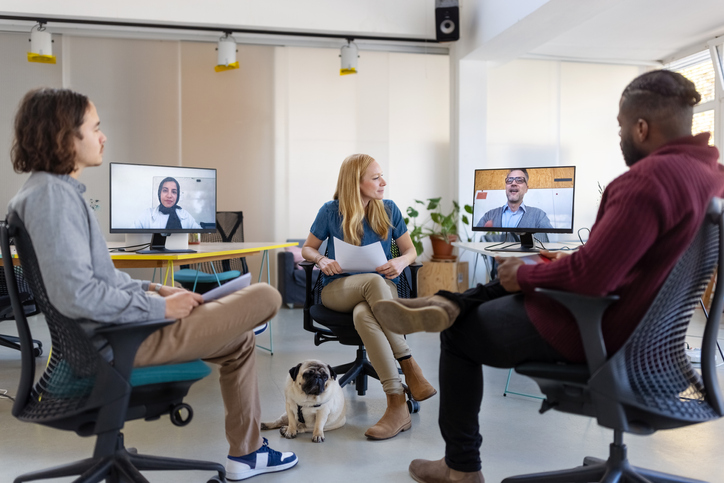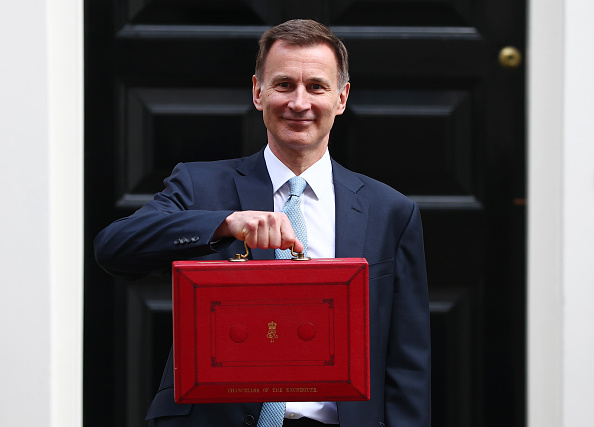Organisers of the Future High Street Summit, which will be held on 25th and 26th March in Nottingham, believe that with the unyielding rise in online sales and the continuing trends in footfall, the UK’s towns need to look at what they can offer to entice shoppers back to the high streets.
IMRG reports that online shopping grew a further 14 per cent in 2014, and sales passed the £100 billion landmark for the first time, with Christmas alone seeing a 13 per cent rise.
Although this is great news for online retailers, physical shops are starting to feel the burden; £1 in £4 is now spent online and the remaining £3 is likely to involve some sort of digital interaction, according to the retail organisation.
December saw the slowest growth in sales since 2008, with like-for-like retail sales growth at 0.4 per cent, the British Retail Consortium finds.
The change in shopping habits was reflected by footfall data across the Christmas shopping period.
Retail performance analyst Springboard indicates that year-round footfall is continuing to drop, with December 0.7 per cent down on the previous year; the three-month average is now at a 1.3 per cent decline.
Worryingly for local authorities and town centre managers, the same report stated that, unlike high streets and shopping centres, out-of-town has experienced positive footfall growth for every month in 2014.
The decrease becomes even more important when the rise of Click & Collect services are taken into account. Even though people buy online and visit shops to pick up their purchases, footfall is still dipping – indicating that it’s not just online shopping affecting the high streets.
James Roper, chairman and founder of IMRG says, ‘High streets will increasingly rely on digital resources, ie their online presence, Wi-Fi and mobile communications – to link and leverage their assets, in order to remain relevant and viable.
‘However, ‘Digital’ remains a foreign land to many town centre stakeholders. To fix this problem, IMRG and many other organisations are working together towards an inclusive national strategy and resource centre for digital high street communities.’
Clare Rayner, founder of the Future High Street Summit adds, ‘Towns need to understand the statistics and trends to analyse where they ‘sit’ alongside similar towns. They need to benchmark their performance in order to measure the effectiveness of their activities.
‘The trends are clear: consumer habits are changing, and it’s the responsibility of the curators of our town centres to help local businesses and service providers respond to that, so that, as a collective, they can support the transformation of their high streets, ensuring they are thriving and relevant to the new consumer demands.’
Is the high street really on the way out?
Flick open a newspaper on any given day and you’ll probably find at least one story about the death of the high street. In the media’s eyes, offline shopping is in its last gasping breaths, grasping at customers like a starved pigeon trying to grab food from the vicious seagull of the internet.
Indeed, according to the Financial Times, the rate of store closures has remained consistently high despite the improving economy.
Around 16 stores closed every day in the first half of 2014 – but that doesn’t spell the definitive end of the high street.
Replacing major retailers and independent clothing lines are cafes, budget shops and convenience stores. While music and DVD shops have dropped off the face of the earth, bookmakers and health clubs have risen immensely.
Retail outlets may be struggling to compete with their online rivals, but they are slowly being replaced by services that the internet can’t possibly hope to emulate.
The benefits of the high street
More than this, finding a shop to rent (perversely, because of the tumbling fortunes of the high street) has become easier, with market prices coming in markedly cheaper than just a decade ago.
But any business hoping to cement its place in the high street will first need a reality check. If you’re hoping to live like John Cusack in High Fidelity, it ain’t going to happen.
Slacker cultural hangouts are, by and large, a thing of the past – but the same people lounge in the uber-cool coffee shops that dot most city centres.
Shifting landscapes
It’s a shifting landscape. A retail startup, given the current climate, might want to stick to the internet until it reaches a state of financial stability.
Topshop, BHS and Miss Selfridge owner Sir Philip Green agrees. Speaking to national tabloid the Mirror, Green said, “Most people shop online before they get to the high street.
“The expectation when they get there is that they want to find something great, therefore historical smaller stores are less resilient these days.”
Social locations are the key to high street success. You can’t have failed to notice the number of cafes that have sprung up on seemingly every street corner. Whether it’s yet another Starbucks or a kitsch indie store, people seem to love nothing more than a Panini, a cup of Joe and a chat with their friends.
Costa Coffee alone owns 2344 stores in the UK, but it’s not a market showing any sign of saturation –annually, cafes have a combined turnover of £5 billion.
Nowadays, people aren’t heading to the high street because they have to – they choose to. A day in a shopping centre is, more than ever before, a special trip. Your business can capitalise on this uniqueness in ways that the internet simply can’t.
The net is losing its sheen while the high street limps on, but businesses can’t simply rely on old customers. By tailoring their companies to the specific advantages of brick and mortar shops, they can remain thoroughly in the green.





